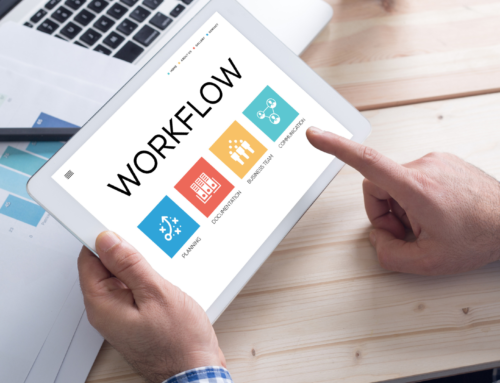Covid-19 was a major incident in the financial market. Even though it was a small incident, it still heavily affected the whole financial market, and many companies were forced to go through bankruptcy. As a result, many people lost a lot of money. It also made many people lose confidence in the stock market.
After a devastating event, it’s tough to get things back on track. Your business is under siege, and your finances are in tatters. You may have lots of negative feelings that you’re going to have to work through and a lot of people who have a vested interest in seeing you fail.
Businesses are always looking for ways to cut costs and improve efficiency. One of the easiest ways is to build a new website, but the lack of a solid foundation can often leave a business vulnerable to technical setbacks and other hiccups along the way. At the same time, a solid template can be a great tool for companies to get a jump on the competition, which is why I’m sharing some of the best templates you can use to start or grow your business.
Guide Can Help with Getting Your Business Back on Track.
Assess the Financial Damage
If you’re a small business owner, you know how important your financial health is to your organization’s success. You might have a healthy balance sheet, but are you prepared for when an audit calls your books into question? How about when the local sheriff shows up to seize your records? Can you afford to be open for business if you’re facing an eviction notice?
Take a Second Look at Your Business Plan
It is easy to get lost in your business plan and lose sight of the real goal. The purpose of a business plan is to create a roadmap of your company, showing the way you will make money by showing the steps you will take to reach your goal. Do the right research, be it for sales or product development (with Conjointly’s Conjoint Analysis Tool similar solutions) to learn the market value of the product or service.
Study Whether You’ll Need Funding to Recover
Even though you might have thought you could get by for a while without funding, it’s important to consider whether you’ll need funding to recover. Without funding, you may be forced to let your business slip. Maybe you need cash to make necessary arrangements in your office layout, such as creating separate cabins and purchasing furniture (perhaps from this website) for social distance. Aside from that, you may need to continue paying your employees, or perhaps you simply wish to avoid debt. Additionally, if you are a small business owner, you can explore efficient methods of payment and disbursement. Streamlining your payment processes can help you maintain financial stability during the recovery phase. Digital payment solutions like online invoicing and payment platforms can expedite transactions and reduce overhead costs. Look for technologies that ensures efficient Payment and Disbursement for small business and suppliers, facilitating a smoother and more convenient mode of transaction.
Refurbish Your Budget to Account for New Spending
When you are starting a new business, the number one thing you have to do is to know what the money will be spent on. This is true for both large and small businesses. The first thing you have to do is to determine the total budget. For small businesses with few employees, this can be fairly easy. For bigger businesses, however, you have to make a guess. But the guess should be made considering all the possible costs, including any upgradation required to maintain social distance in the office to the safety equipment or other fixtures (ballymore lifts or ladders, for example) required in the storage facility.
Advance a Time Line for Rebuilding
You’re a small business and have been hit hard by a disaster. Your business has been hurt, you need to get back up, and you need to do it quickly. You have a business plan, but it’s been through the wringer, and you’re not sure what’s going to happen. You’ve thought about developing a timeline, but you can’t quite put your finger on how to do it. You know what you need to do, but you don’t know how to do it.
Make a Contingency Plan for the Next Crisis
The most important thing you can do after a crisis is to plan for the future. Unfortunately, most people don’t have time to do this or don’t have the skills required to do it effectively. Fortunately, you don’t have to have a master’s degree to begin planning for the next crisis. This article will show you how to create a short-term plan and then use that plan as the foundation for creating a longer-term plan that is tailored to your needs.
We all know that today’s economic climate is tough, and many business owners are struggling to survive. That’s why we’ve decided to take a look at why, when, and how you should rebuild your business after a major setback. Covid-19 is a large-scale business disaster that has claimed the lives of dozens of small business owners and left many others in a precarious position.





Leave A Comment